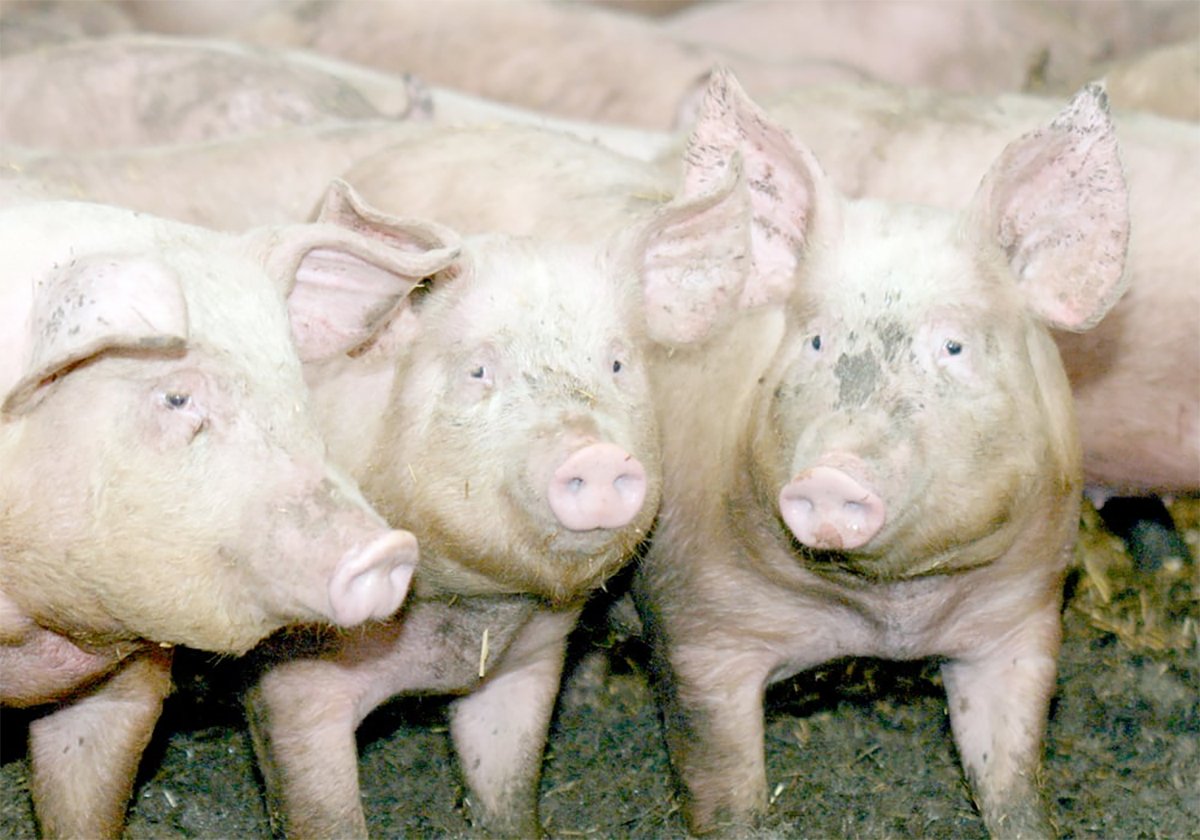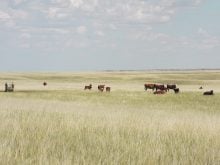GATINEAU, Que. — The road is rocky for development of a new livestock transportation code of practice undertaken by the National Farm Animal Care Council.
Unlike other codes that deal with one species and provide requirements and recommendations for care and handling, the transportation code involves 14 different species or livestock types and has no single commodity group that can guide it, as is the usual case with code developments and updates.
Betsy Sharples is the NFACC director for the livestock and poultry transportation code. Work began in November 2018 and is projected for completion in spring 2023. It will replace the current code released in 2001.
Read Also

The Western Producer Livestock Report – November 13, 2025
Western Producer Livestock Report for November 13, 2025. See U.S. & Canadian hog prices, Canadian bison & lamb market data and sales insights.
Sharples recently described the challenges to members of the National Farmed Animal Health and Welfare Council.
“One of the biggest challenges that we’ve had … is that with no national livestock or poultry transporter group, there was really no one to initiate the process or identify their stakeholder participants. And then there’s no one, as well, to continue to play that very vital co-ordinating and support role throughout the code development process,” she said.
“Also in the absence of a national group to champion the code of practice, it’s even challenging getting buy-in on basic code concepts, and this is a conversation that we’ve had to have with virtually every transporter participant on an individual basis.”
Sharples is no stranger to transport issues and codes of practice. She worked for the Ontario Trucking Association for 17 years and has served on several other code committees including pigs, dairy, laying hens and meat birds.
Livestock and its transport already function under many regulations imposed by the Health of Animals Act, the soon-to-be implemented new CFIA animal transport regulations and various trucking regulations.
That makes the industry loath to embrace further requirements that will be embodied in the new code, Sharples added.
Most transporters are not familiar with the NFACC codes of practice or the process that has been successfully employed to develop them, she added.
As well, many livestock transport companies are small operations that cannot spare the time to meet and work through the process. That also means there is no formal means of communicating with all the players involved.
Yet another complication is the fact that this code is the first one not intended for on-farm use, so she is tasked with “trying to take that very square peg and fit that in the round hole that is the NFACC code development process that was really developed for on-farm use.”
The transport code is the largest ever undertaken by the council, involving 14 types of livestock and various intermediary sites such as auction markets, assembly yards, processors and the trucks themselves.
Instead of one committee and several sub-committees, it involves 11 different working groups so far, said Sharples.
There’s also the challenge of reflecting the “hodgepodge” of different provincial regulations with respect to transport, and the fact that many transporters and other facilities deal with more than one type of livestock.















